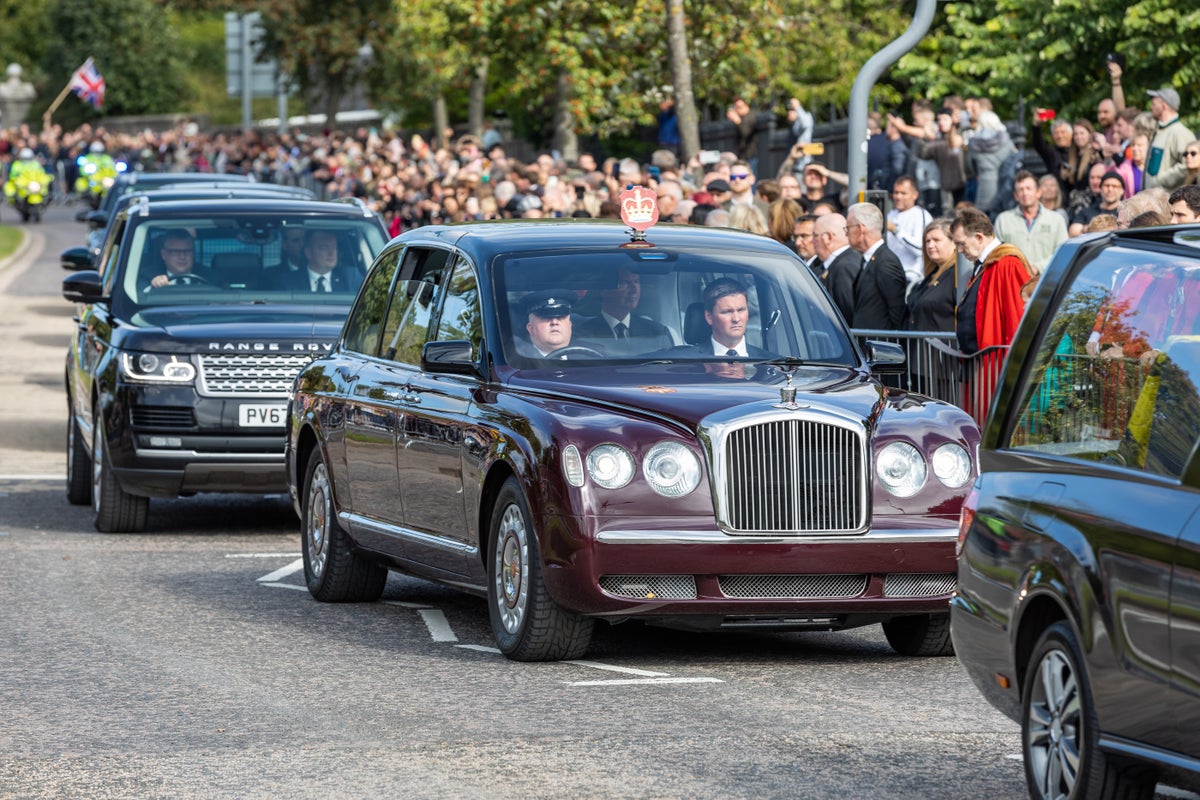
Dignitaries, prime ministers, presidents and key figures from around the world will join the royal family to pay their last respects to the longest ever reigning monarch, Queen Elizabeth II, at her funeral on Monday September 19.
The service will be televised from Westminster Abbey, which can hold around 2,00 people, before the coffin is moved to the Queen’s final resting place at King George VI memorial chapel.
Funerals are incredibly emotional and difficult for those close to the deceased, and for guests it can be challenging to know the right things to do and say. While most funerals are not as intensely watched as the Queen Elizabeth’s, there are still some dos and don’ts to bear in mind.
1. Be mindful of the circumstances of their death
Etiquette expert William Hanson (williamhanson.co.uk) says: “If someone was the Queen’s age say, reaching the end of their life naturally, avoid phrases like, ‘She had a good innings’ and slang like that. Instead say something like, ‘She reached such a wonderful age.’
“If circumstances are unknown as to how someone died, discussion on how they died – say conversations about substance abuse or suicide – are totally inappropriate.”
2. Avoid using your phone
There is often a lot of hanging about at funerals, but being on your phone may appear disrespectful.
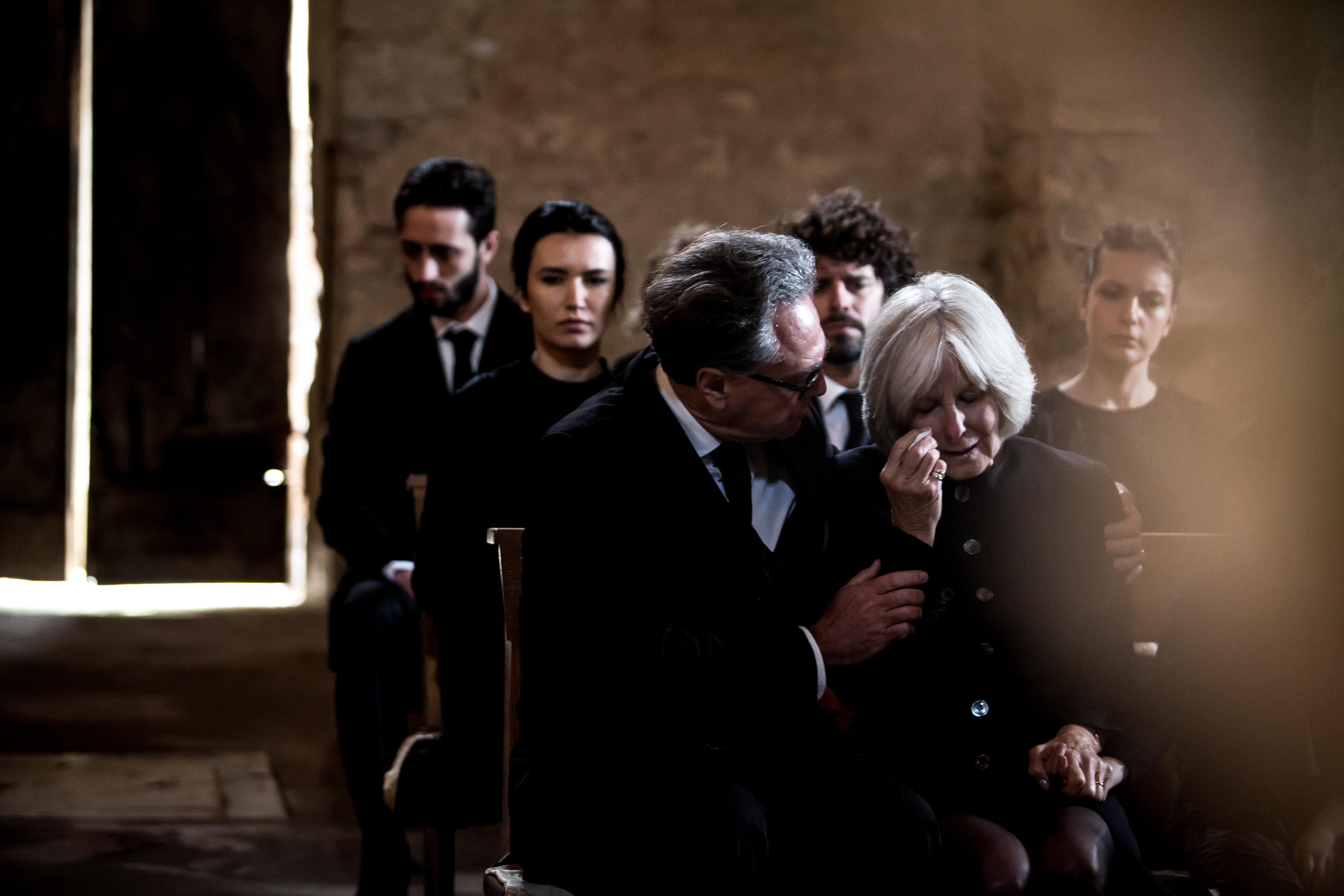
“If you are waiting for the cortege or waiting around for any reason, don’t take a personal phone call, and if you must, go to your car or somewhere totally out of the way,” says Hanson.
Equally, even if the funeral is shaping up to be a reunion, don’t take photos. “Now isn’t the time for selfies or photographs. Find somewhere else and avoid doing in front of immediate family,” Hanson says.
3. Take instruction from the family on what to wear
Funeral attire has changed somewhat over the past decade.
He explains that those who have died “may have wanted bright, happy, jolly colours, but if you don’t know what has been asked for, go in a dark suit, black tie and shoes. For ladies, black too, be it a dress or trouser suit.”
As Hanson says: “You don’t get an invitation which would indicate a dress code like a wedding so it is very tricky to know. Don’t be afraid to ask.”
Similarly, keep culture and religious affiliation in mind and do your research. Some cultures may encourage different colours. Hinduism for example asks that funeral goers wear white.
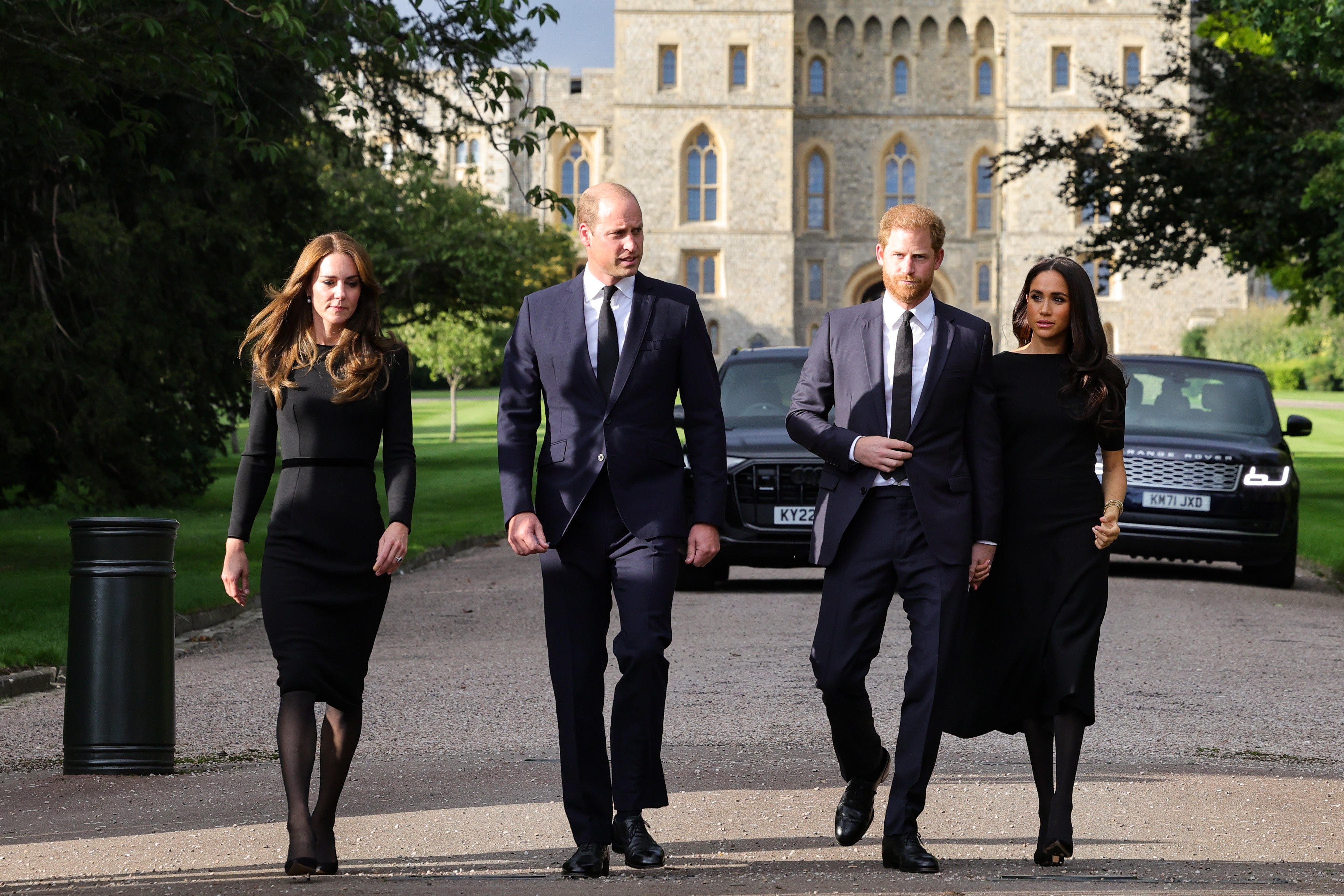
4. Share a happy story with those grieving
When it comes to talking to the bereaved, Hanson advises: “Tell stories of kindness with family of the deceased.”
But avoid euphemistic language. “Traditionally in the royal family and aristocracy, use of the words ‘passed away’ is euphemistic – say what you mean, call a spade a spade. They have died.”
5. Don’t offer help you cannot give
When reaching out to the family, Hanson says you should write something rather than text. “Letters mean so much more especially in times of grief. Offer your help, if there is anything you can do, but only say it if you really mean it and it is doable.”
If you are far away or work hours that mean physically helping them would be a challenge, don’t make an empty promise, just offer your sympathies.
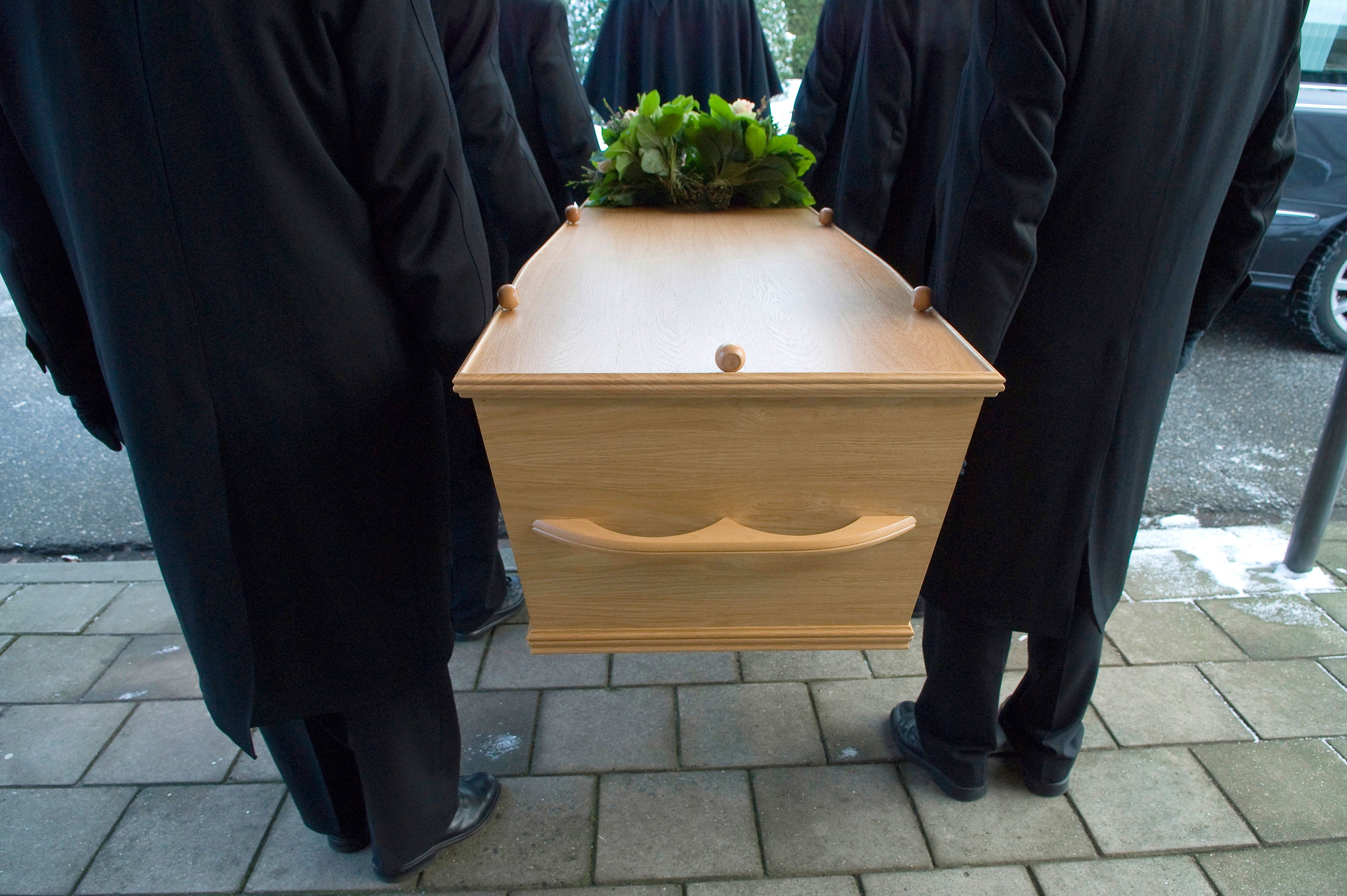
6. Follow the family’s wishes with flowers and donations
According to Jeremy Field OBE, managing director of funeral directors CPJ Field: “Many families prefer to see in-memory donations to a chosen charity rather than money spent on flowers. It is down to personal choice.
“In terms of messages, being authentic and writing from the heart is most important. There’s no formula. That the effort is made brings significant comfort for many grieving families”.
There may also be cultural factors involved with gifting and donating at a funeral or celebration of life, so it’s best to ask or do some research.
7. Nod as the coffin passes
Field says: “A court bow or nod of the head when a coffin passes is respectful. If you’re wearing a hat you should remove it. It is also appropriate to stop and do this as you walk past the place where you know the coffin is lying.
“Remaining quiet as the coffin passes you, arrives outside the funeral venue or is carried into the funeral ceremony is also appropriate.”
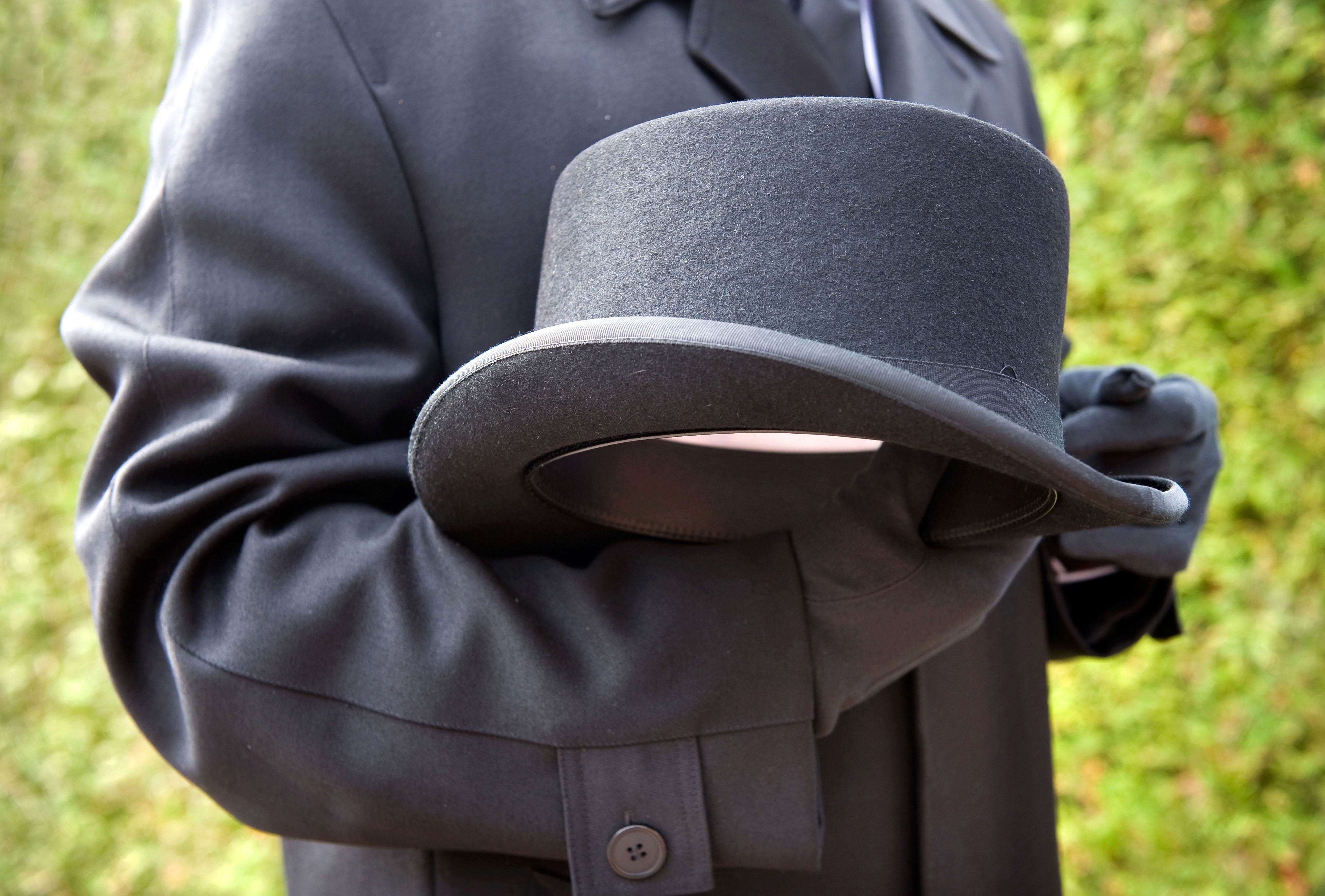
8. Leave the front row for immediate family
“For the funeral of Her Majesty Queen Elizabeth II there will be protocols about who sits where,” explains Field. “In contemporary funerals the first row is kept for immediate family and those who were particularly close to the deceased person.”







